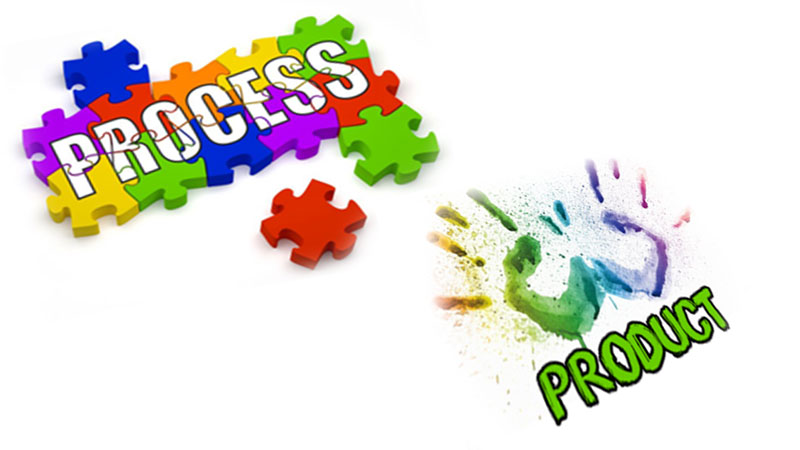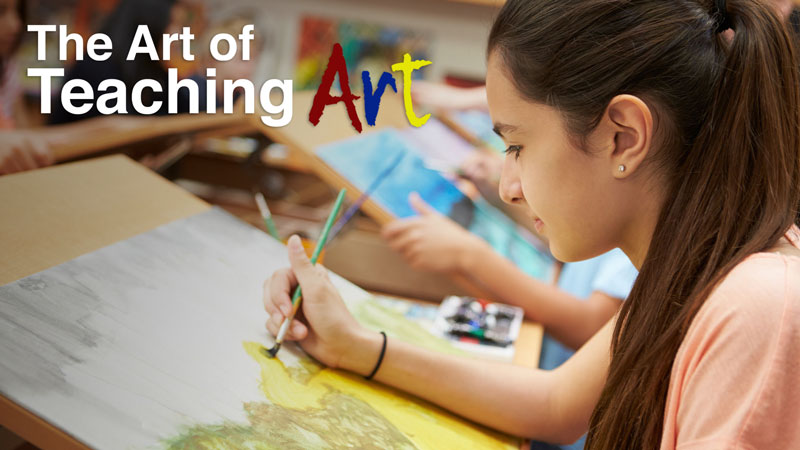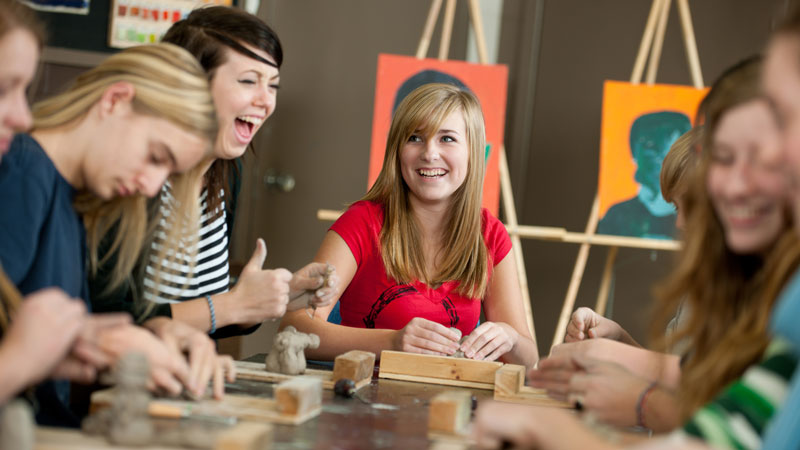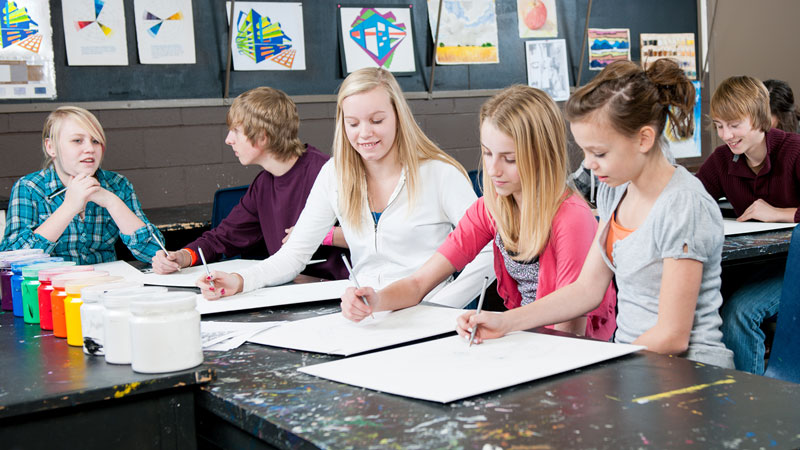
The Debate
There is debate among art teachers as to whether or not process or product is more important in art education. In this case, process refers to the learning that takes place during an assignment or lesson. Product refers to the actual artifact that is produced. Of course, both of these are essential in art education.
Some teachers feel that one should take precedence over the other. So where should the focus be in the lessons that you present to students? Should you focus on process or product?
In my opinion, it should be both. Introductory levels should be focused on process while upper levels may focus more on product. You see, if you are effective in your lessons that focus on process, then the product will follow.
Teaching is like Coaching
In some ways teaching art is like coaching a sport. Let’s take basketball as an example. If you were coaching a beginning level basketball team, you would not focus totally on winning. Instead, you would focus your team on learning and developing. Winning would just be a plus.
It would be absurd to go out to each game and put pressure on young athletes to win when they are brand new to the sport. Not many little league basketball programs emphasize winning, and if they do, then they are probably bad programs for kids. The old saying goes, “It doesn’t matter if you win or lose, it’s how you play the game.”
At the beginning levels, art is the same way. You shouldn’t expect beginning students to create masterpieces. It’s just not going to happen. You shouldn’t focus your instruction on product at the beginning levels. Instead your focus should be on process.
How are your students learning? Are they progressing? How can you make them better? If your focus is on process at the beginning levels, then the end product at the advanced levels will be better, maybe even amazing. In fact, I’ve seen this play out in my own classes.
So when do you focus on product? Well, the answer to this can be tricky.
The Product Results from the Product
As art educators, we should be educating our students. They should be learning from us. So-to be fair, we should never focus on product, because the product naturally follows when the art instruction is quality.
Don’t misunderstand me, product is important. It is important as an indicator of what is being learned. When the product is quality across an entire class, you know that you have done your job as an art educator. The students have learned in the process and as a result created a great product.
It is really our job to help students know how to get to the quality product.
Let’s look at the basketball coach analogy in relation to advanced art students. These students may have developed skills just like a more developed basketball team may have. The focus of the basketball team is now on winning. But what is the job of the coach?
Isn’t it still the coach’s job to teach and show the team how to win?
Even though the focus has changed, the job of the coach remains the same. The same is true of the art educator at the advanced level. The focus of the assignment may be on the product, but the focus of the teacher remains on the process.
There are many ways to teach art effectively. This is just my opinion on process vs. product. What do you think?
If so, join over 36,000 others that receive our newsletter with new drawing and painting lessons. Plus, check out three of our course videos and ebooks for free.
Lesson Discussion
Comments are closed.





I believe the process is what counts the most because we are always working towards the product. If we focus on the process the product is the result. Basically, you would automatically get the product.Therefore the process must have a strong foundation of motivation, encouragement, and of course a nurturing environment for the students to achieve what they are working for.